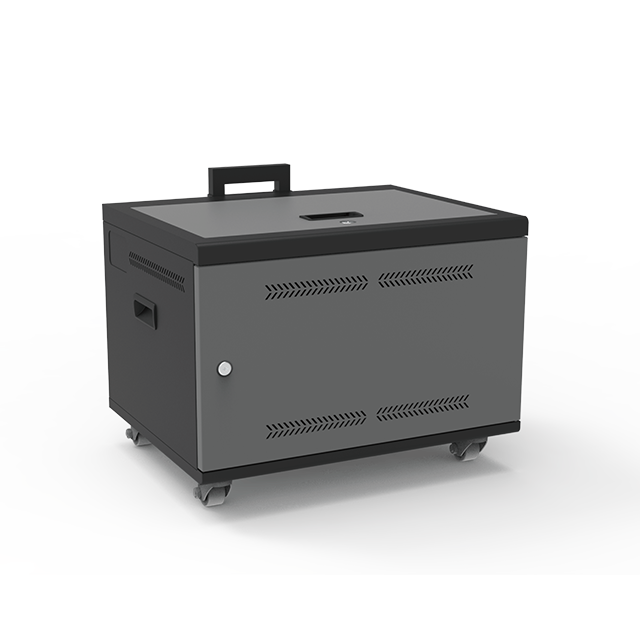In today’s technology-driven world, data centers are the backbone of global connectivity. With the explosive growth of computing power and storage demand, energy efficiency in data centers has become a crucial issue to address. One of the most effective solutions is Cold Aisle Containment (CAC).
What is Cold Aisle Containment?
Cold Aisle Containment is a strategy in data centers used to manage airflow and temperature by physically separating cold air and hot air. In a typical data center, server racks are arranged in alternating cold and hot aisles. Cold aisles include the front of the servers where cold air is drawn in, while hot aisles are where hot air is expelled. CAC encloses the cold aisle using barriers like doors and ceilings, ensuring that cold air is concentrated and does not mix with hot air.
Benefits of Cold Aisle Containment
1. Improved Energy Efficiency
By isolating cold air, CAC prevents the loss of cooling to the surrounding environment. This allows the cooling system to operate more efficiently, reducing energy consumption and operational costs.
2. Enhanced Cooling Capacity
With CAC, cold air is directly delivered to server interfaces, ensuring uniform temperatures across all equipment. This minimizes overheating risks, enabling data centers to operate at higher densities.
3. Reduced Carbon Emissions
Enhanced energy efficiency directly impacts the carbon footprint of data centers. Implementing CAC aligns with sustainability goals, contributing to environmental conservation.
4. Extended Equipment Lifespan
Maintaining stable temperatures prevents servers and other IT equipment from heat stress, reducing failure rates and prolonging their operational life.

Key Considerations for Implementing Cold Aisle Containment
1. Design and Layout
Careful planning is essential. Containment systems must be implemented based on the data center’s layout, taking into account complete server racks, cooling equipment, dimensions, and height.
2. Sealing Integrity
Gaps in the containment structure can significantly reduce efficiency. High-quality materials and precise installation are crucial for achieving optimal results.
3. Scalability
Data centers grow over time. CAC systems should be designed with scalability in mind to adapt to future expansions or configuration changes.
4. Monitoring and Maintenance
After implementing a containment system, continuous monitoring of temperatures and airflow is essential. This ensures issues are identified promptly, avoiding costly repairs or inefficiencies.
Cold Aisle Containment vs. Hot Aisle Containment
While Cold Aisle Containment focuses on isolating the cold aisles, Hot Aisle Containment targets hot aisle isolation. Both methods aim to optimize airflow and thermal management. The choice between them depends on the data center’s specific layout and operational requirements, with CAC being a practical and widely adopted solution for reducing cooling loads and improving energy efficiency.
Conclusion
Cold Aisle Containment is a proven and effective implementation model for enhancing energy efficiency and maintaining sustainability. By optimizing airflow management, CAC not only reduces operational costs but also aligns with environmentally friendly practices.
Providing reliable and well-balanced deployment within data centers, CAC offers optimal performance and application while respecting maintenance needs and sustainability goals.
Jamanet is a professional Cold Aisle Containment(CAC) manufacturer with 15 years experience. Welcome to contact us.









